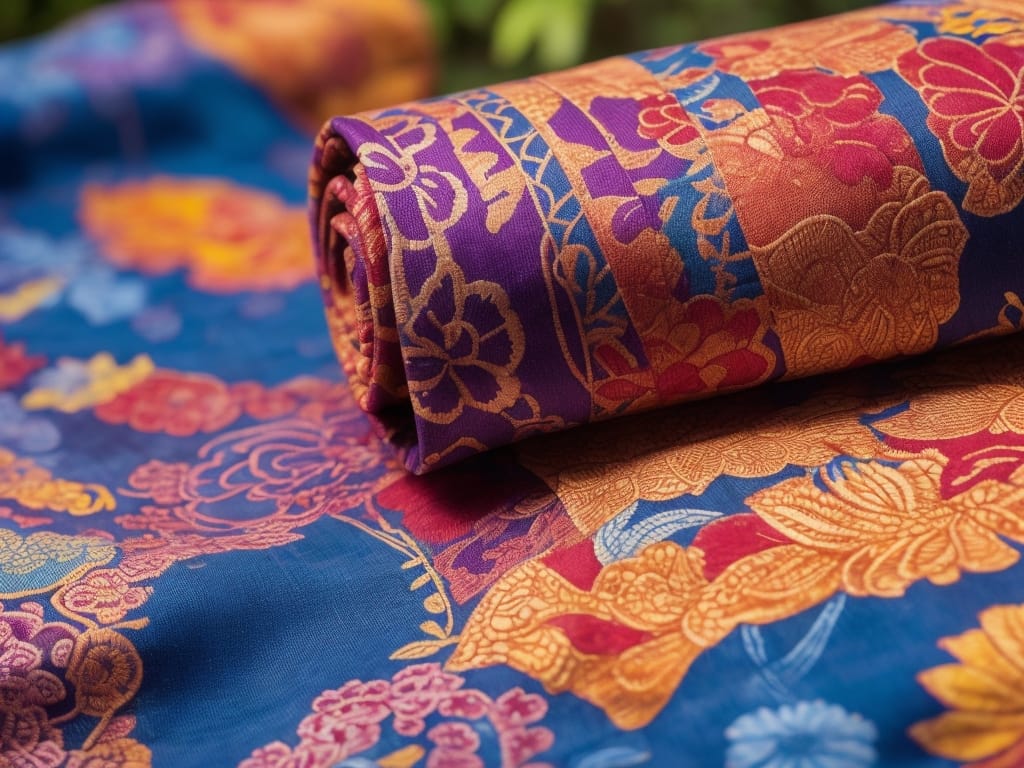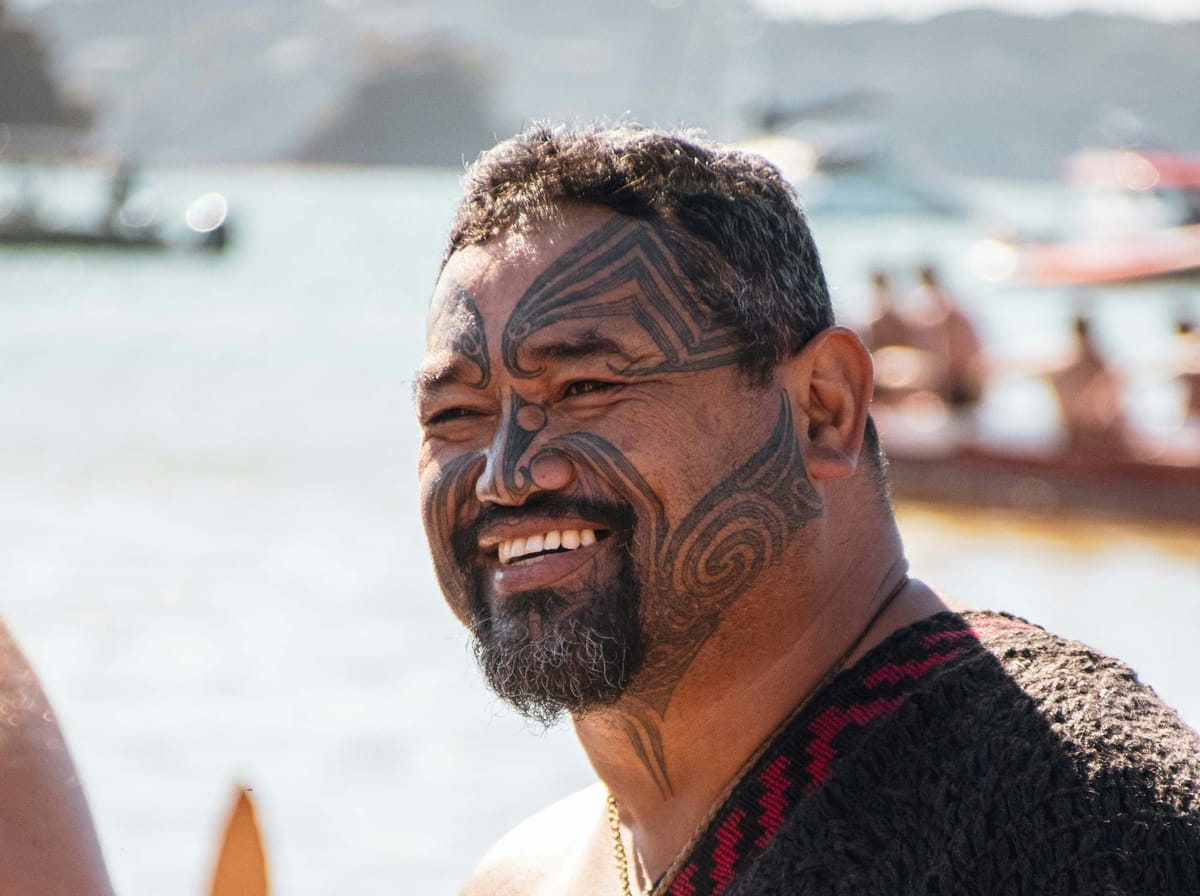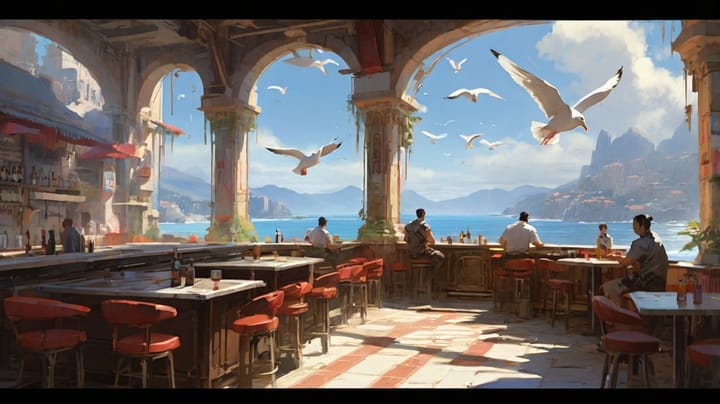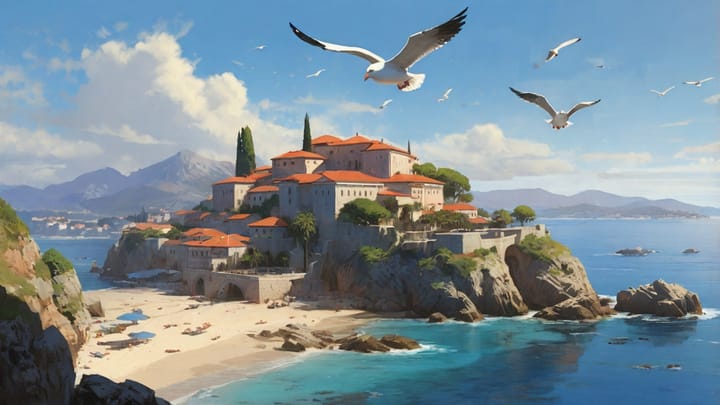Maori tattooing is a living art form that continues to evolve with time
Tattoos have been a key part of human cultures for ages.
They've served as expressions of art, social status, rites of passage, or just for aesthetics. A notable example is the tribal tattoos of the Maori, the indigenous people of New Zealand. Their unique and detailed tattoos, called Tā moko, are rich in cultural symbolism and history.
In this article, we'll dive into the traditional tattoos of the indigenous Maori people and check out what they mean in today's world.
Let's start with the Maori culture
The culture of the Maori people is rich and complex, revolving around their strong connection with the natural world, their tribal ancestry, and intricate traditions. At the very core of their existence, the Maori culture upholds the concepts of Tapu and Noa, meaning sacred and free from restrictions, respectively.
But, like any rich culture, getting to know the Maori means taking a closer look at their practices and values.
Tradition is important in Maori society
In Maori culture, tradition plays a key role in connecting past generations with the present. These sacred traditions are handed down through generations. They shape social norms, community structure, and behavior.
Tā moko, the traditional Maori tattoo, is a meaningful part of these traditions, packed with symbols that connect to the Maori worldview.
Tattoos are sacred in Maori culture
Tattoos or Tā moko are considered a sacred mark in Maori culture.
They are not just decorative designs but narrations of a person's genealogy, personal achievements, status, and skills. This art form is seen as a very direct connection to the Maori deities and ancestry.
Ta translates to strike.
And Moko refers to facial design.
Together, they symbolize the act of marking or striking the skin with a design of ancestral importance.
Maori tattoos are not only confined to the face. They can also be found on other parts of the body, like the arms, legs, and torso. Each tattoo carries a unique story. Often representing a person's journey through life and their connection to the natural world.
Traditionally, the process of receiving a Tā moko was a sacred ritual. It involved not only the physical act of tattooing but also spiritual and cultural ceremonies. The tattoo artist, known as a Tohunga tā moko, held immense respect and was considered a master of their craft.
Maori tattoos are not only a form of self-expression but also a way to honor their ancestors and preserve their cultural heritage. They serve as a visible reminder of the Maori people's deep connection to their roots and their commitment to upholding their traditions.
A brief history of Maori tattoos
Maori tattooing has been around for centuries and has gone through some big changes over time.
Early beginnings: pre-European Maori tattoos
Before European settlers arrived, Tā moko designs were mostly geometric and abstract. Often covering the face, body, or both. Tattoos helped differentiate tribes and symbolized a person's status in the community.
Each tattoo design was thoughtfully created and carried deep meaning for the person. Where the tattoo was placed on the body mattered too, as different spots symbolized various parts of one's identity and life journey.
The process of getting a traditional Maori tattoo was not for the faint-hearted. It involved using a chisel made from bone or stone to carve the design into the skin. Which was then filled with pigment made from natural materials such as charcoal or burnt wood. The process was not only painful but also required exceptional skills and patience from the tattoo artist.
Evolution of Maori tattoos: blending traditional motifs with Western influences
When Europeans arrived, Maori tattoos began to show Western influences. These changes often simplified the designs for quicker application, using metal needles instead of traditional bone chisels.
As the Maori people interacted more with European settlers, their tattoo designs began to incorporate elements of Western culture. This fusion of styles created a unique blend of traditional Maori motifs and European aesthetics.
Revival and resilience: the enduring legacy of Maori tattooing in modern culture
Even with the influence of Western culture, the Maori have managed to keep the essence of their traditional tattooing alive. The 20th Century saw interest in Tā moko dip. But late in the century, there was a cultural revival. This sparked renewed interest in traditional Maori tattoo aesthetics and techniques.
These days, Maori tattoos aren't just a symbol of cultural identity. They're also a form of artistic expression. People from all walks of life opt for Maori-inspired tattoos to connect with the rich history and traditions of the Maori people.
Whether it's a small design on the wrist or a full-body masterpiece, Maori tattoos keep capturing and inspiring people worldwide. Their detailed patterns and meaningful symbols show the resilience and cultural pride of the Maori people.
If you're interested in living art forms that continue to evolve with time, you might find our article about Indonesian Batik interesting:

All Maori tattoo designs have specific meaning
Each element in a Maori tattoo holds a specific meaning, which can vary based on placement, size, and the person wearing the tattoo. And Tā moko designs often include symbols from nature (like birds or fish), along with different geometric shapes, spirals, and patterns that carry special meaning.
Here are some common elements and their meanings:
- Spirals: Symbolize life, growth, and energy.
- Triangles: Represent balance and harmony.
- Double spirals or waves: Signify the journey of life and its ups and downs.
- Manawa: A heart-shaped symbol that represents love, emotions, and the center of one's being.
- Hei-Tiki: A humanlike figure worn as a pendant, believed to bring fertility.
- Hei Matau: A pattern that looks like a fishhook. It represents prosperity and safe journeys over water. It's also linked to Tangaroa, the sea god.
- Manaia: A figure that represents the spiritual guardian and protector.
- Koru: A spiral shape representing new life, growth, and harmony. It also symbolizes the unfolding fern frond, a significant plant in Maori culture.
- Takitimu: A pattern representing strength and unity. It's often used in tattoos for warriors.
These are just a few of many symbols used in Tā moko. Each with its own unique meaning. Looking closer at these symbols shows a strong link to Maori folklore, mythology, and cosmology.
Each tattoo design is unique to the individual, reflecting their personal story and identity. The placement of the tattoo on the body also holds significance.
For instance:
- A tattoo on the face may represent a person's social status
- Tattoos on the legs may symbolize a person's journey through life
- Tattoos on the arms may signify strength and warrior-like qualities
- Tattoos on the back may represent a person's connection to their ancestors and spiritual realm
What does the Process of traditional Maori tattooing look like?
The process of Maori tattooing, which includes the tools used, application techniques, and accompanying rituals, distinguishes it from other forms of body art.
The tools and techniques used
Traditionally, Tā moko was carved into the skin using "Uhi", a chisel made from bone. This tool was hit with a mallet to drive the ink into the skin, leaving a raised scar along with the inked design. This method is incredibly painful and visually different from tattoos in other cultures.
Presently, artists often use conventional tattoo machines, but some have started reverting back to traditional tools in the spirit of cultural preservation.
The rituals surrounding Maori tattooing
Tattooing in Maori culture is deeply ritualistic. It includes a ceremony before the process, known as "Waiata", where songs and chants are performed to call upon the gods for protection. And to denote the importance of the milestone being marked.
The recovery period post tattooing is equally sacred. With specific rules about rest, exposure to elements, and what the recipient can eat or drink.
How are modern Maori tattoos being reimagined and respectfully incorporated today?
In the modern age, Maori tattoos have gained substantial global appreciation. However, this popularity has triggered debates around cultural appropriation.
The resurgence of Maori tattoos in popular culture
Thanks to high-profile celebrities and athletes proudly displaying their Maori-style tattoos, along with portrayals in popular culture, interest in this distinct art form has seen a marked increase globally.
Unfortunately, this fascination tends to overlook the cultural significance, leading to the commercialization and misuse of sacred Maori traditions and symbols.
The debate over cultural appropriation
Cultural appropriation involves adopting elements of one culture by members of another, often dominating, culture, without understanding or respecting their original cultural context. This issue is prevalent in the tattoo industry, with non-Maori getting Maori-style tattoos simply for aesthetic reasons.
The Maori people perceive this as a violation of "Tapu", deeply insulting to their cultural heritage and traditions.
Today, many artists and enthusiasts advocate educating people to respect and understand the deep cultural significance of Maori tattoos, ensuring this ancient art form is appreciated in the right spirit.
Maori tattoos are a reflection of culture and identity
Maori tattoos are more than just intricate designs on the skin. They represent an entire culture's rich history, beliefs, and identity. It's essential to understand and appreciate the cultural significance behind these tattoos rather than simply getting them for aesthetic purposes.
Maori tattooing is a living art form that continues to evolve with time. As long as it's done with respect, understanding, and appreciation for its roots, Maori tattoos hold the power to connect people across cultures and serve as a gateway to preserving ancient traditions.
So let's continue to honor this sacred art form by educating ourselves about its origins and significance.





